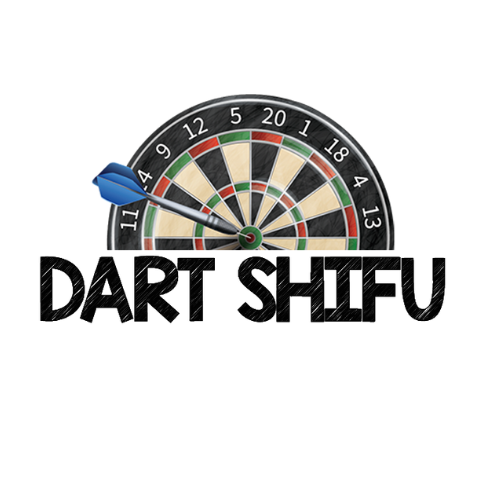Darts is a game enjoyed by anyone, anywhere, anytime. But what’s a good average for darts? Well, it’s entirely subjective! Depending on your level of experience, playing style, and competitive level, a good average can vary from 40 to 60.
But don’t grab your darts just yet! This estimate is not set in stone, it’s just a rough guideline. Want to know more? We’ve got expert insights from professional players. With their tips and tricks, you’ll be hitting bullseyes in no time! Whether you’re a seasoned player or a beginner, we’ve got you covered.
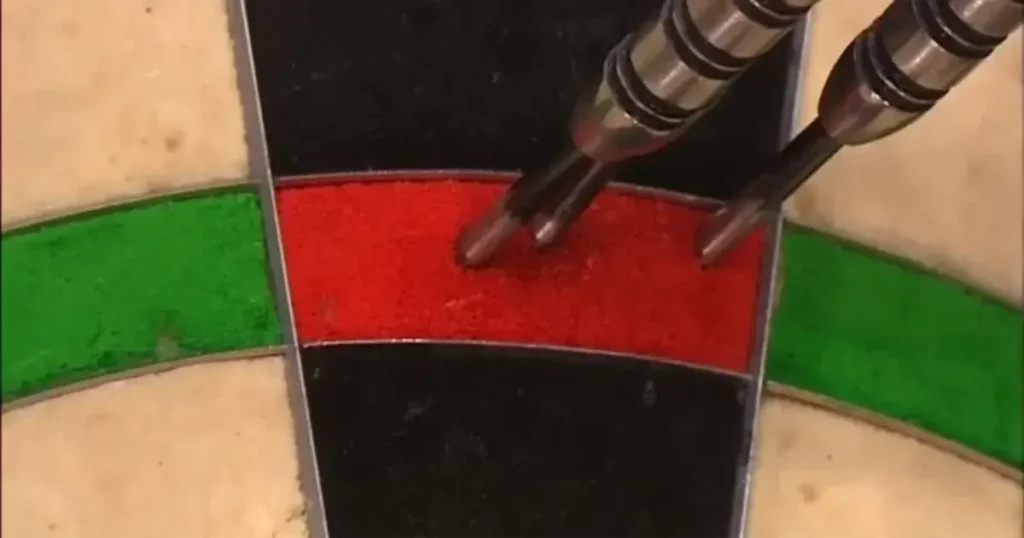
What is a Good Dart Average?
In the sport of darts, players throw darts at a circular board with numbered sections. The goal is to hit specific sections to earn points and ultimately reduce the score to zero.
Dart averages can be used to compare the performance of different players, or to track a player’s progress over time. A higher average generally indicates a better player, but it’s important to remember that other factors such as strategy, mental toughness, and physical condition can also influence a player’s success.
The Significance of High Dart Averages
Having a good average score in darts is important for several reasons.
First and foremost, a high average score is a good indicator of a player’s skill and accuracy. It shows that they are consistently hitting their targets and scoring points, which can give them a significant advantage over their opponents.
In addition, a high average score can help build confidence and momentum during a game. When a player is hitting their targets consistently and scoring well, it can boost their confidence and help them stay focused on the game. This can be particularly important in high-pressure situations, such as during a tournament or a close match.
Furthermore, a high average score can help a player control the pace of the game. By consistently scoring well and maintaining a high average, they can force their opponent to play more aggressively or take more risks, which can lead to mistakes and missed shots.
Factors Affecting Dart Averages
When it comes to the game of darts, many factors can influence a player’s average score. Understanding these factors is crucial for those looking to improve their skill level and achieve a good average in darts.
Skill Level
Your skill level plays a significant role in determining your dart average. A player with a higher skill level is likely to have better accuracy and consistency, leading to higher scores.
However, it’s important to note that even beginners can achieve a good average with practice and dedication. Consistency is key.
Consistency
Consistency is a crucial factor in achieving a good average in darts. It refers to your ability to throw darts with the same technique and aim every time. Consistency allows you to predict and replicate your shots, leading to more accurate and successful throws. Without consistency, your average score might fluctuate, making improvement challenging.
Technique
Having a good technique is essential for achieving a high dart average. It involves the way you hold the dart, how you stand, and the motion of your throw. A proper technique can contribute to better control and accuracy. Experimenting with different techniques and finding what works best for you can significantly impact your performance.
Equipment
The quality and suitability of your equipment can also affect your dart average. Your darts should be properly weighted and balanced to ensure optimal performance.
Additionally, the type of dartboard you use and the condition of its surface can impact your accuracy. Taking the time to invest in high-quality darts and maintaining your dartboard can enhance your chances of achieving a good average.
How Do You Calculate Your Darts Average?
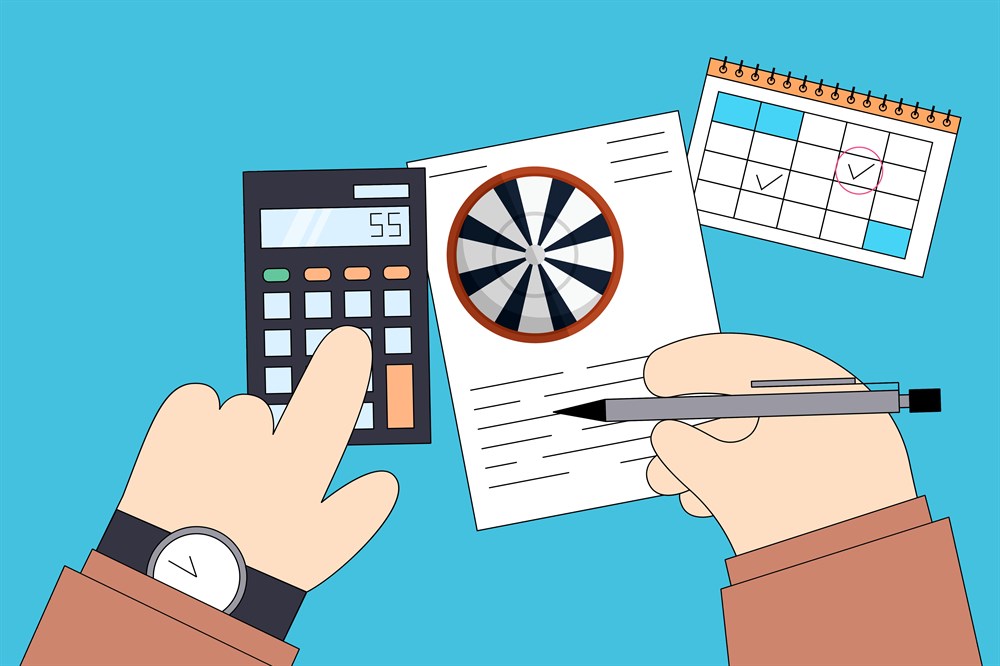
Credit: darthelp.com
A dart average is a numerical representation of a player’s performance in a game of darts. It is calculated by dividing the total number of points scored by the total number of darts thrown.
There are two types of averages: one-dart average or PPD, and three-dart average or PPR.
Points Per Dart (PPD)
Points Per Dart (PPD) is another measure of a player’s performance in the game of darts. It’s calculated by dividing the total number of points scored by the number of darts thrown in a particular game or session.
For example, if a player scores 600 points in 20 darts, their PPD would be 30 (600 divided by 20). This metric is useful for comparing the performance of players who may have different numbers of darts thrown in a particular game or session.
PPD is often used in tournament play to track a player’s progress and determine their overall ranking. A higher PPD generally indicates a better player, as it means they are able to score more points with each dart.
Calculating Your Darts Average If You Won The Leg
Winner PPD calculates the average number of points a player scored per dart thrown during the game, based on the fact that they won the game by reducing their score to zero before their opponent.
Winner PPD = 501 / total darts thrown
Let’s say you scored a total of 501 points and threw 15 darts to win the leg, your PPD will be 33.4
Winner PPD = 501 / 15 = 33.4
Calculating Your Darts Average If You Lost The Leg
Loser PPD calculates the average number of points a player scored per dart thrown during the game, based on how many points they had left to score.
Loser PPD = (501 – score left) / total darts thrown
Let’s say you played a leg of darts and scored a total of 501 points, but you lost 50 points remaining by throwing 18 darts, your PPD will be 25.05
Loser PPD = (501 – 50) / 18= 25.05
Points Per Round (PPR)
Points Per Round (PPR) is calculated by dividing the total number of points scored in a game by the number of rounds (3 darts throw) played.
In darts, a round is typically made up of three darts thrown by a player. So if a player scores a total of 600 points in a 20-round game, their PPR would be 30 (600 divided by 20).
PPR is a helpful way to track a player’s consistency over the course of a game or session. A higher PPR generally indicates a better player, as it means they are consistently scoring a high number of points in each round.
Winner PPR = (501 / total darts thrown) * 3
Loser PPR = ((501 – score left) / total darts thrown) * 3
What Is A Good 3-Dart Average?
A good 3-dart average in the game of darts can vary depending on the level of competition and the skill level of the players involved. Generally speaking, a 3-dart average of around 60 or higher is considered to be a good standard for amateur players.
For more experienced players and professionals, the benchmark for a good 3-dart average is typically higher, around 90 or above. Some of the top professional players in the world can even achieve 100 or more, although this level of accuracy is rare.
- For Beginners – 30 – 40 points
- For Average Players – 40 – 50 points
- For Pub/Club League Players – 60 – 80 points
- For Pro Players – 80 points and above
It’s worth noting that these averages can vary depending on the scoring system used, as some systems give higher scores for hitting the triple or double ring on the dartboard.
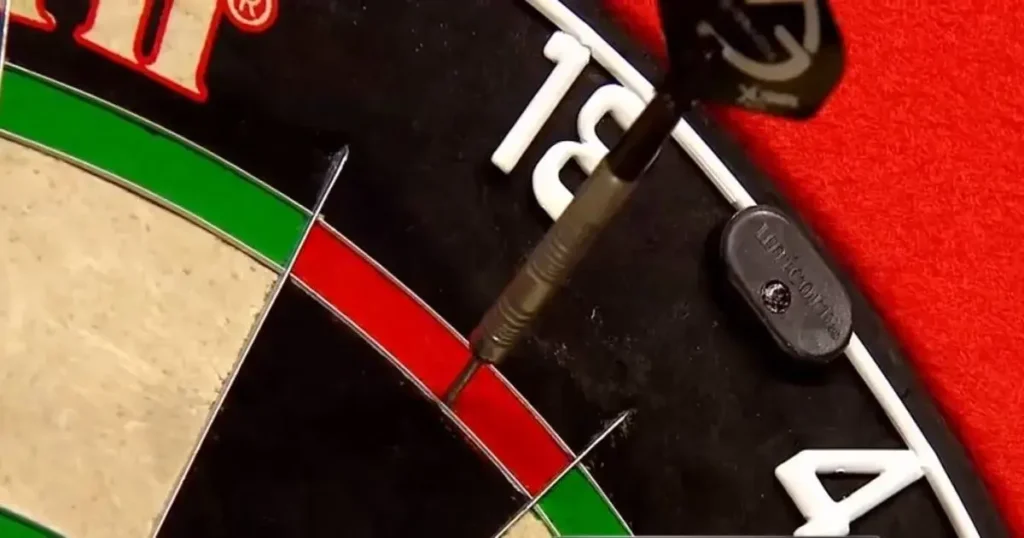
What Is The Highest Average In Darts?
Now, you might be wondering how one could achieve such a high average in darts. Well, an average is simply the total number of points scored divided by the number of darts thrown. So, in order to get an average of 180, a player would need to hit the triple 20 (the small area on the dartboard with the number 20 in it) with each of their three darts in every single turn.
Now, hitting a triple 20 with every dart is no easy feat. In fact, it’s incredibly difficult and requires a lot of skill, practice, and consistency. Most professional players aim for an average between 100 and 110, and even that is considered very impressive.
Of course, the highest average is not the only thing that makes a great darts player. Strategy, mental toughness, and precision are all important factors as well.
Soft-tip vs. Steel-tip darts Averages
Soft-tip darts and steel-tip darts are the two main types of darts used in the game of darts. Soft-tip darts are typically used with electronic dartboards, while steel-tip darts are used with traditional bristle dartboards.
Soft-tip darts have higher average scores than steel-tip darts due to the smaller dartboard and closer-together points, making it easier to hit targets and score points. Soft-tip darts are also typically lighter and have more flexible tips, which can make them easier to throw accurately.
On the other hand, steel-tip darts require more precision and skill to throw accurately due to the larger dartboard and spread-out points. Steel-tip darts are also typically heavier and have stiffer tips, which can make them more challenging to throw accurately.
How Can a Player With A Lower Darts Average Still Win?
Darts is a game where having a high average score certainly helps, but it’s not always the deciding factor in who wins a match. There are a few ways a player with a lower darts average can still come out on top.
Strategy and skill
Firstly, darts is a game of strategy and skill. Players need to not only score points, but also think ahead and plan their next moves. This means that a player who has a lower average score may be better at making strategic moves and planning ahead, which can give them an edge over a player with a higher average score.
Consistency
Another factor that can come into play is consistency. A player with a lower average score may not be able to hit as many high-scoring shots as their opponent, but if they can consistently hit their target and avoid mistakes, they can still accumulate points and potentially win the game.
First mover advantage
In addition, the format of the game can also affect the outcome. For example, in a game of ‘501’, where players start with a score of 501 and aim to get to zero, the player who goes first has a slight advantage. This is because they have the opportunity to get to zero before their opponent and win the game, even if their average score is lower.
Luck
Finally, luck can also play a role in darts. A player with a lower average score may be able to hit a lucky shot or have their opponent make a mistake, which can give them a boost and help them win the game.
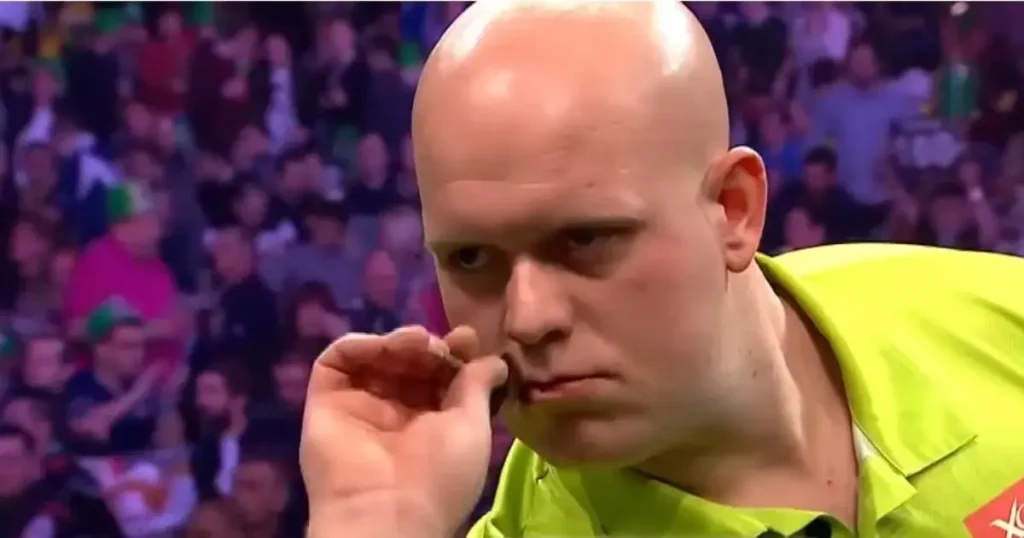
Who Has The Highest Recorded Dart Average?
The highest recorded dart average in a televised professional match is held by Michael van Gerwen. In 2016, he achieved an average score of 123.40 in a Premier League Darts match against Michael Smith.
To put that into perspective, an average score of 100 is considered very good in professional darts, so an average of 123.40 is truly exceptional! During that match, van Gerwen hit 11 maximum 180s and 6 other scores of 177 or 174, which helped him achieve such a high average.
Michael van Gerwen’s record-breaking average score of 123.40 is definitely a remarkable achievement in the world of darts!
FAQs
What is a good average for a beginner?
A good average for a beginner can vary depending on the player’s skill level and amount of practice. Typically, a beginner can aim for an average score of around 40-50 points per round. As they continue to practice and improve their technique, their average score can increase.
What is the average score for professional players?
Professional players can have an average score of around 95-100 points per round. However, this can vary depending on the level of competition and the specific tournament being played. It’s important to remember that professional players have years of experience and dedication to the sport.
What is a good average for an advanced player?
An advanced player can aim for an average score of around 80-90 points per round. This can vary depending on the level of competition they are playing in and their overall skill level.
How can I improve my average score?
Improving your average score requires consistent practice, good technique, and the right equipment. Focus on improving your stance, grip, and throwing motion, and aim for the triple 20 areas. Additionally, using high-quality equipment like a good dartboard and balanced darts can also improve your performance.
Is a higher average always better?
Not necessarily. A higher average score can indicate a higher level of skill, but it’s important to remember that different levels of players have different average scores. Additionally, a player’s style of play and the type of game being played can also affect their average score.
Keep Your Eye on the Prize
Improving your dart average takes time, effort, and dedication. Remember that everyone starts somewhere, and that progress takes time. Don’t get discouraged if your average score doesn’t improve immediately, as consistency in practice and technique is key. Celebrate your small victories and keep track of your progress, as even small improvements can lead to significant gains over time.
Final Notes
Understanding what a dart average is, why it’s important to track, and how it’s used in professional tournaments can help players set realistic goals and track their progress. It’s important to remember that there are different levels of players with varying average scores and that factors like practice, technique, and equipment can affect your performance.
By focusing on consistency in practice and technique and implementing tips and techniques for improvement, players can increase their average score and enjoy the game even more.
